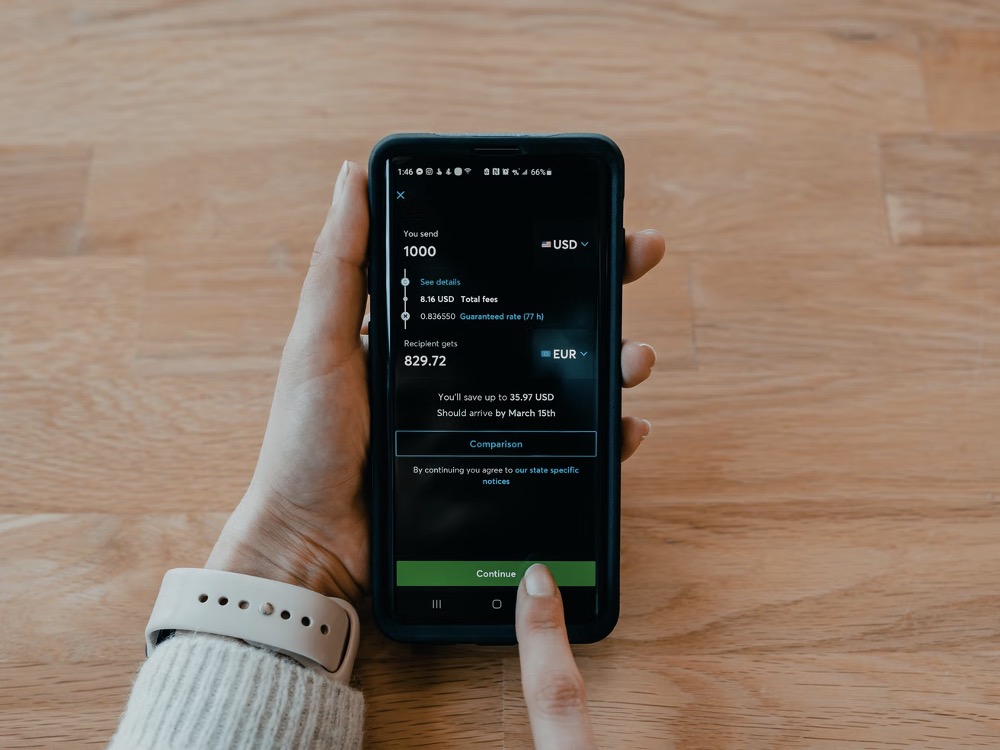Ripple has been working on its new platform, RippleNet, to work with financial institutions for their cross-border remittance system in recent months. The platform now has more than 300 banks in at least 45 countries under its wing, and it is set to expand this further as time goes by.
Stefan Thomas, Ripple’s CTO, attributes the banks’ trust to XRP’s ability to source liquidity in real-time without the need for pre-funded Nostro accounts. Moreover, the digital token offers zero cost for less than a penny and can complete the transaction within an average speed of 3 seconds.

The banks partnered with XRP do not necessarily need to hold the currency, as the price is too volatile, much like every crypto token in the market. Rather, these financial institutions trade it quickly. And these transactions take minutes to complete with the help of xRapid payment. This makes the XRP ideal for cross-border remittances since there is very little uncertainty when using the token.
So far, the most notable banks and institutions partnered with XRP are U.S. Santander, The Canadian Imperial Bank of Commerce, InseRem in Singapore, Korak Mahindra Bank in India, Zip Remit in Canada, and The BeeTech company in Brazil.

Several banks are unique to Ripple’s ecosystem. BBVA, SEC, Akbank, MUFG, YES BANK, Cambridge Global Payments, Axis Bank, eZforex, and Star One Credit Union. And based on Ripple’s 2022 initiative, payment service providers are now welcome to join the company’s ecosystem.
These companies can use Ripple as the transacting platform for their activities. And several of the companies and institutions using this platform have already become institutional investors of the company. As of writing, Santander, Yes Bank, and Axis bank’s activities account for 8% of all the transactions made through Ripple.
Several other banks are also in line to be added to this growing ecosystem. And Ripple XRP investors are closely monitoring the developments of this venture from Ripple.

